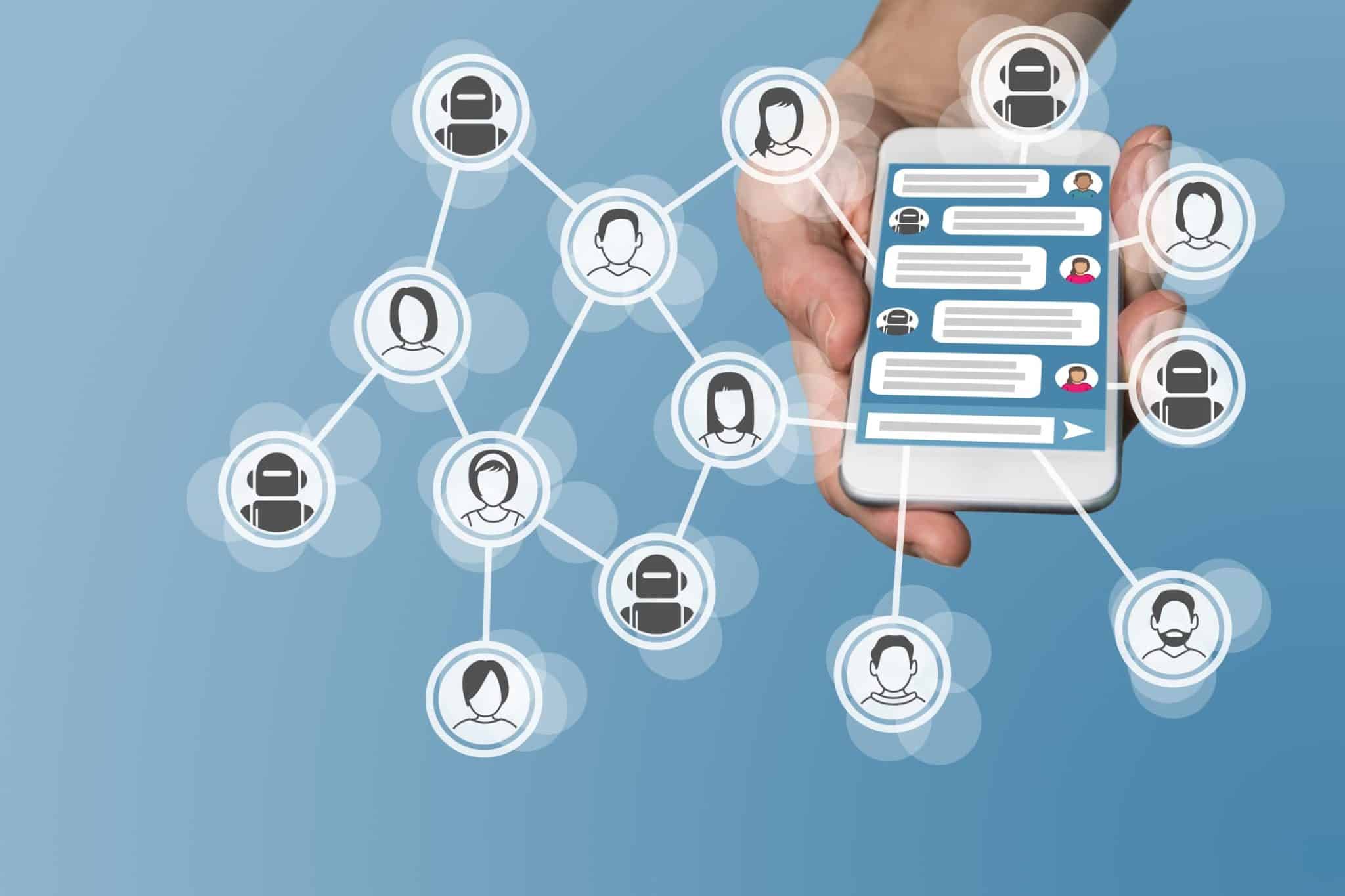By Eze Sunday
Last year, 2017, was the year of AI, machine learning, natural language processing, and blockchain. There were a lot more, but these 4 technologies have been in the news consistently.
Brands have started using them to grow their businesses. Chatbots which are build based on a combination of AI, machine learning, and natural language processing caught my interest and I’ve seen them help businesses generate leads and increase conversion exponentially.
But are chatbots living up to the hype?
Not yet. However, they are definitely being developed rapidly as more businesses and software developers are getting more interested in it. Did you know that the first chatbot was developed in 1966 by Joseph Weizenbaum? Yea, it’s really not a new technology but only recently did brands start leveraging it to grow their businesses.
Today, you can find chatbots in different departments of businesses from customer care to sales. I’m going to show you how you can use chatbots to generate leads and increase conversions for your business with real life examples.
Let’s get rolling…
Chatbots makes sales steps shorter.
One of the many reasons customers leave a shopping cart is that there are too many steps that take to long to complete. A recent study shows that 23% of customers will abandon their shopping cart because they had to create a new user account. Creating a new user account takes time. You need to fill out a long form, go to your email and click to verify your email. If your customers know someone who can make that process shorter and even more interesting, they’ll appreciate it.
For example, the eBay’s ShopBot, a virtual personal shopping assistant, helps people find items they want (at the price they want) on eBay and also makes the process of buying the item seamless and interactive. No need to look for reps to explain a field you need to fill but don’t know what is required of you.
Chatbots help you provide excellent customer service.
The customer service department is the most critical in any company. Yes, it is 6-7 times more expensive to acquire a new customer than it is to keep a current one (source: White House Office of Consumer Affairs). But your customer service team can only do as much as they can. Unfortunately, customers want them to do more. Customers are smarter now. And of course, we taught them. They want an immediate service delivery.
Oh, yea, your customers want you to offer them a 24/7 service. It’ll also interest you to know that 75% of customers believe it takes too long to reach a live agent. I can actually attest to this. I’ve seen some of the worst customer service agents especially from big brands.
More so, your customers also want you to provide them with a great experience while helping them solve their challenges. To help businesses meet up with the demands of customers, chatbots are being deployed in the customer service department to help with handy information customers might need.
Because customers are more likely to pay more for a superior customer service. No wonder Forrester predicts that in 2020, customer experience will take overtake price and product as the key brand differentiator.
A time will come when businesses not using AI-powered chatbots will be out of business. We are not there yet, but every forward-thinking brand should make efforts to leverage chatbots to boost their customer service experience and help move their customers to the bottom of the sales funnel faster.
Chatbots gain insights and use them to upsell or cross-sell.
AI-powered chatbots are powerful. Yes, they don’t just interact with your customers, they also learn your customer’s behaviors as well. For example, if a customer buys a shirt via a chatbot, the chatbot can easily tell them about a shirt that looks similar to what they’ve gotten before or suggests other items that could match the dress they bought, like a wristwatch or a nice shoe.
This can also be a great tool for a SaaS businesses. For example, you can remind your customers about eligible upgrades through a chatbot seamlessly in a conversational and actionable way. See these examples. It’s both conversational and actionable.
OHRA Direct wanted to increase conversion rates from new campaigns. They created a super conversational pro-active chatbot that pops-up when the consumer is on relevant pages. They recorded a 35% to 100% increase in conversation rate. That’s an amazing result just in one week after the launch of the chatbot.
AI is here to augment our inefficiency and not to replace us. Unlike what people think about AI, it’s not going to take our jobs or possibly destroy our world. If you are not using chatbots to boost your conversion, you know you are leaving a lot on the table.

